The origin of shortcrust pastry
One of the best-known products of traditional pastry-making, shortcrust pastry can be really prepared by anyone. Good elasticity, crumbliness, resistance to processing and plasticity: these are the characteristics of an excellent shortcrust pastry, the basis for many desserts, ranging from classic jam tarts to biscuits, as well as modern cakes such as cream tarts. There is no official record of its birth date, but it seems that it was already known in the year 1000, when artisans began to make it, using the abundant sugar cane imported from Middle Eastern countries. French chef Guillaume Tirel was the first one to label the process, describing its preparation in his manuscript 'Le Viandier'. Followed by Bartolomeo Scappi, shortcrust pastry with its variations became in the meantime one of the most popular and widely used sweet recipes.
Shortcrust pastry variations
There isn’t a single version of shortcrust pastry. There are several variations, as well as homemade recipes modified according to need (many prefer using oil, some add a pinch of yeast, some use only egg yolks and some whole eggs...). Although the many variations, we tried to outline the main all-butter pastry dough.
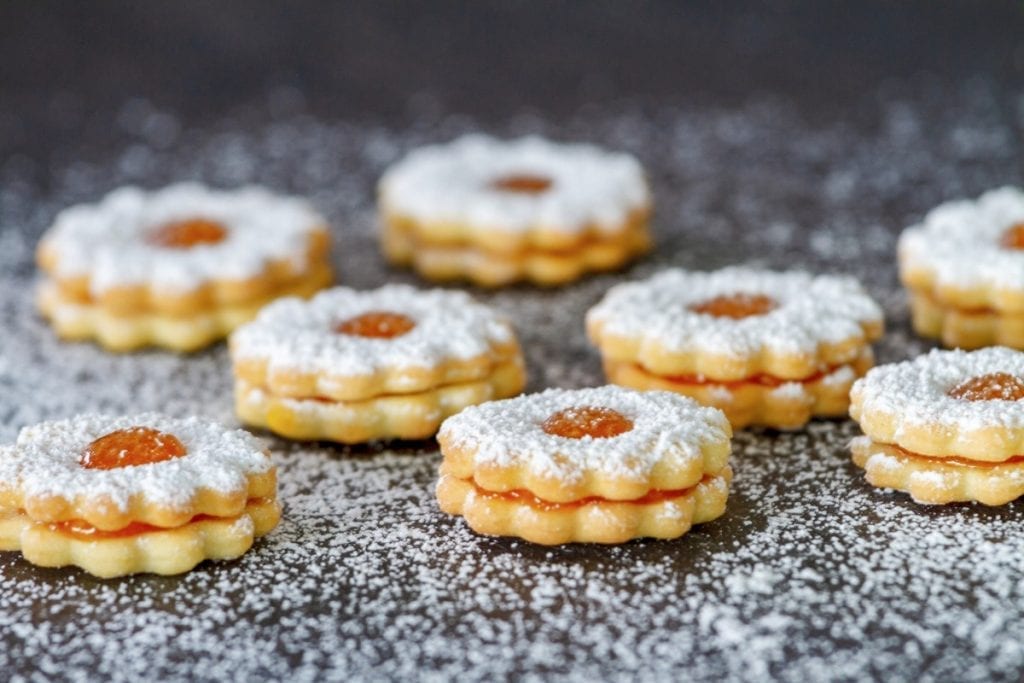
Milan shortcrust pastry
The mother of all shortcrust pastries, the variation Milan is made up of equal amounts of sugar and butter, while the flour is equal to their total weight. Eggs are added to these ingredients in a ratio of 1:10 to the total weight. To make an excellent shortcrust pastry, you need to be careful with the temperature: the diced butter must be soft but still plastic, and must be combined with sugar. You can choose between vanilla bean seeds or a little lemon zest (organic and untreated) for flavouring: the result will be a crumbly, firm pastry, perfect for tart confection.
Naples shortcrust pastry
White almonds - chopped and ground - are the main ingredient in this shortcrust pastry, replacing part of the flour. Here the weight of the flour and of the ground almonds exceeds the combined total of butter and sugar, making the dough crispier. A pinch of yeast is usually added to soften it, making a well-balanced shortcrust pastry.
Whipped shortcrust pastry
Soft and velvety, the whipped shortcrust pastry dough can be managed exclusively with a pastry bag. First of all, you have to cream butter and sugar, then add the eggs, the flavourings, a pinch of salt and lastly white flour. The dough should be cooked right after for pastries, to enjoy it with a nice cup of tea. Besides the traditional candied cherry shortbread cookies, it can also be used as alternative tart crust.
Ovis mollis shortcrust pastry
Similar to whipped shortcrust pastry, ovis mollis shortcrust pastry has an unusual ingredient: crumbled hard egg yolks added to the dough. The yolks are mixed with butter, flour, potato starch, icing sugar and flavourings, until a soft and smooth mixture is obtained: the absence of egg whites will indeed make the dough lose its crumbliness. You can use it to prepare tasty biscuits, perhaps jammy ones.
Pâte sablée (French shortcrust pastry)
Crumbliest shortcrust pastry ever, thanks to the higher percentage of fat which allows each flour particle to be isolated, partially inhibiting the ability to absorb liquids. We are talking about the pâte sablée, an eggless French recipe with a lot of (good) butter: never as in this case, it is important to use a high-quality product, since the fat gives flavour and aroma to the dough. Vanilla or cinnamon to flavour according to taste. A versatile preparation, perfect for simple biscuits or for the fleur de sel chocolate variation; the sweet toothers could also try sandwiching two biscuits with a chocolate ganache or other cream filling.
Pâte sucrée (sweet French pastry crust)
Another basic French pastry dough is pasta sucrée, similar to Italian shortcrust pastry, but made with diced butter mixed with icing sugar at room temperature. Eggs, flour and salt are the other ingredients, however it is not uncommon to find the variation with added almond or hazelnut flour. In any case, the result is a fine and light pastry, mostly used for blind baking: line the tart tin with baking parchment and fill with dried pulses, rice or pie weights to bake the pastry evenly and to stop the base from rising. Once the pastry shell is cooked, it can be filled with custard or chantilly cream for savoury tartlets.
Sablé breton (Breton shortbread)
Delicious variation of the classic shortcrust pastry to make fruit tarts, the Breton shortbread has a crumbly, yet firm texture, ideal for blind baking, to be filled with delicious cream fillings. Its preparation involves flour, butter (in a high percentage), caster sugar, salt and a little yeast, while the dough is generally rolled out to a higher thickness of about 6-7 cm. Once baked and filled to taste, it is recommended to let it sit for a few hours before serving, thus allowing the ingredients to blend together thoroughly and the dough to absorb the moisture of the fillings.
Milan shortcrust pastry recipe
Ingredients
200g/7oz flour
100g/3,5oz butter
100g/3,5oz sugar (icing sugar for a crumblier and finer dough)
2 egg yolks
1/2 grated lemon zest
1 pinch of salt
Sift the flour into a large bowl, make a well and add the soft diced butter, stir in a pinch of salt and rub in with your fingertips, until the mixture resembles fine breadcrumbs. Make a well again and place the egg yolks, sugar and lemon zest (only the yellow part) in the centre. Quickly knead again the ingredients, until the dough becomes to come together. Then form the pastry into a disc, wrap with clingfilm and refrigerate in the least cold part of the fridge for at least an hour. Roll and shape the dough with a rolling pin on a lightly floured surface. Keep in mind that the shortcrust pastry does not roll out perfectly and tends to crumble a bit, especially along the edges. However, it is not a flaw, but the proof of a good result: a soft and crumbly shortcrust pastry to the right point.
by Michela Becchi

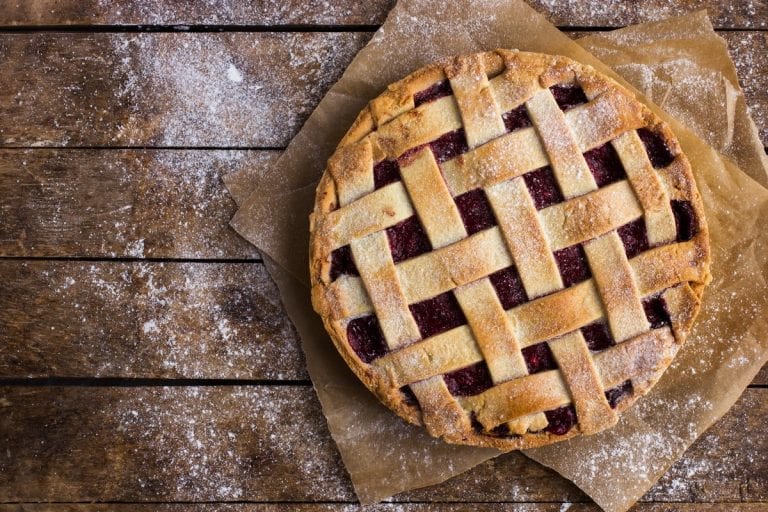
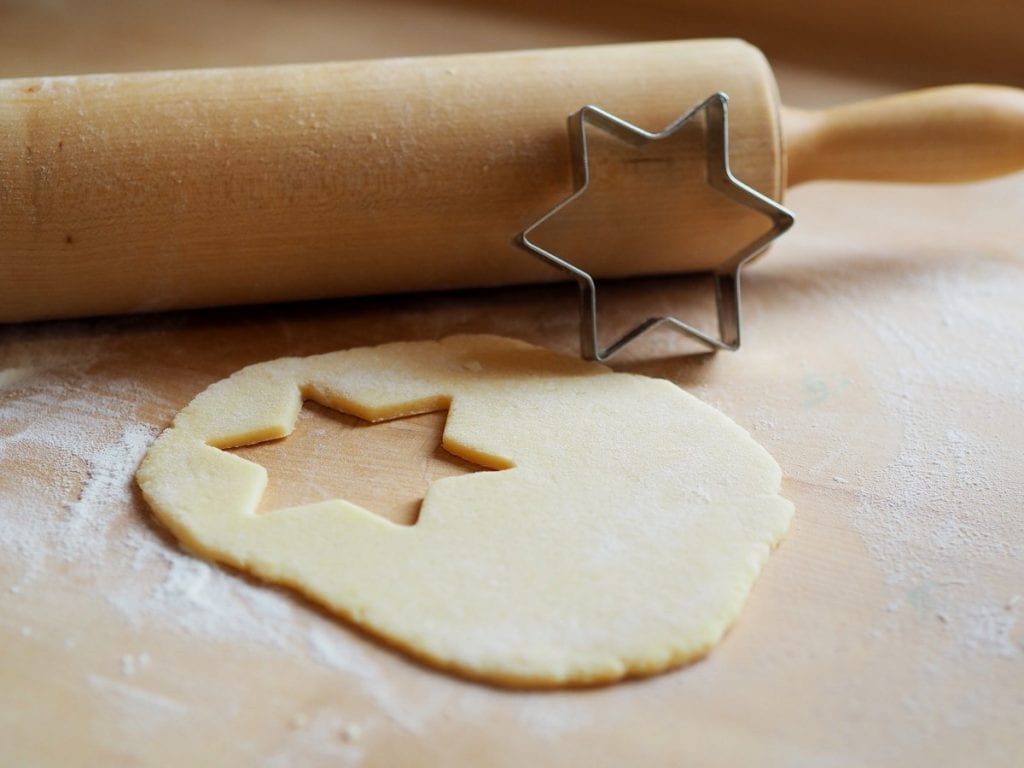
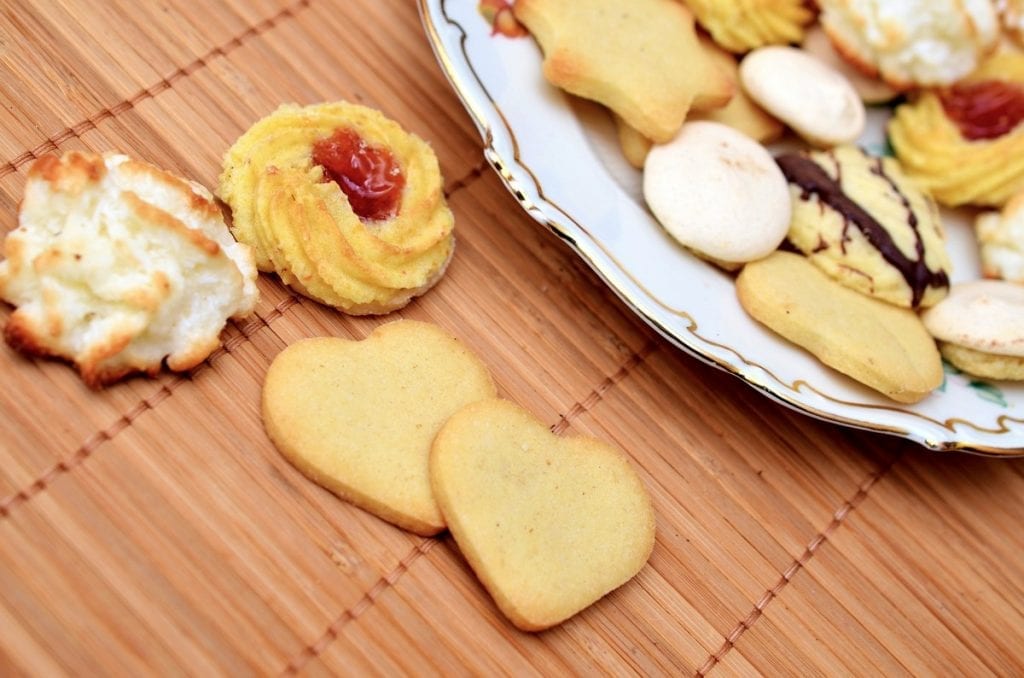
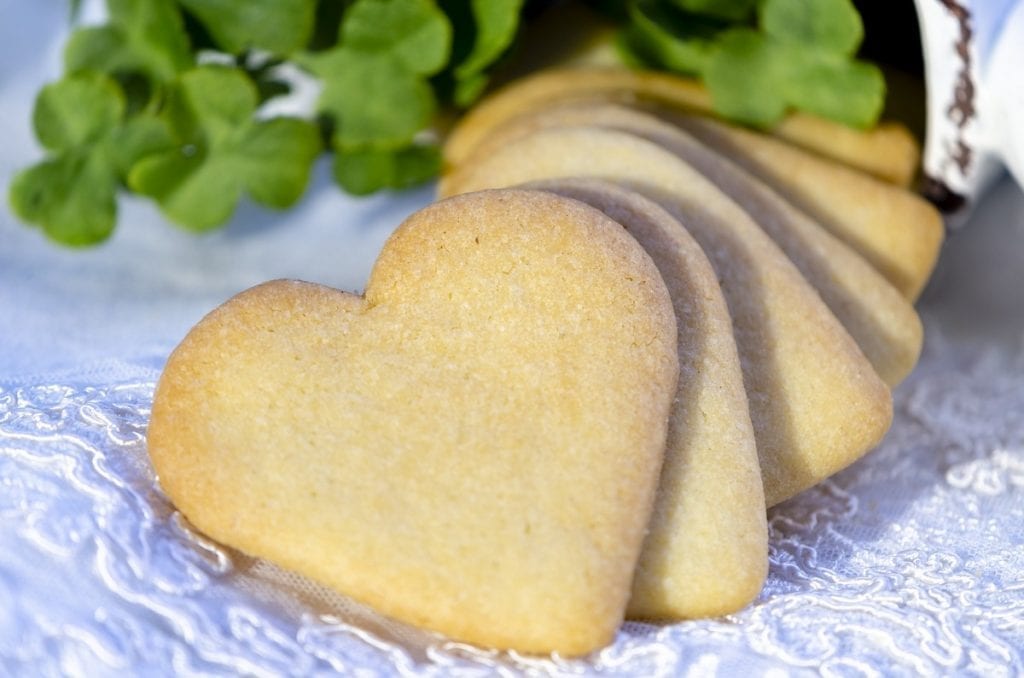



 Versace opens a super hotel with an Italian restaurant. Here's what Donatella Hotel & Restaurant in Miami will be like
Versace opens a super hotel with an Italian restaurant. Here's what Donatella Hotel & Restaurant in Miami will be like At The Crown Tirana, service and quality at the highest levels
At The Crown Tirana, service and quality at the highest levels We tasted Komb(w)ine, the new product that combines grape must and kombucha. Here’s our verdict
We tasted Komb(w)ine, the new product that combines grape must and kombucha. Here’s our verdict What changes for the export of Italian wines to China under the new regulations?
What changes for the export of Italian wines to China under the new regulations? “Forget dealcoholised wines. The future is Komb(w)ine.” Moser and Ravizza present a new grape must-based product
“Forget dealcoholised wines. The future is Komb(w)ine.” Moser and Ravizza present a new grape must-based product






